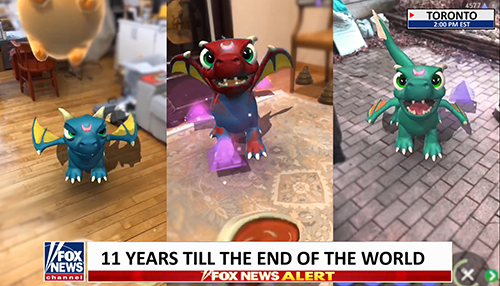
‘Midi Onodera is an award-winning filmmaker and media artist who has been making films and videos for more than 35 years. She has produced over 25 independent shorts, ranging from 16mm film to digital video to toy camera formats. In 2018 she received the Governor General’s Award in Visual and Media Arts. Skin Deep (1995), her theatrical feature, screened internationally at festivals including the Rotterdam International Film Festival and the Toronto International Film Festival. Her film The Displaced View (1988) was nominated for Best Documentary at the Gemini Awards.
‘Her experimental narrative project ALPHAGIRLS (2002) was the first Canadian interactive performance art DVD, and since 2006 she has made over 500 vidoodles (defined as bite-sized 30-second to 2-minute video doodles). From 2006–07 she published one a day for 365 days and has since released a video project each year, addressing themes of language, media, politics and everyday life. In 2017 she published an interactive narrative developed from her experience in Afghanistan as a Canadian Forces Artist in 2010.
‘Onodera’s work is held in collections around the world, and she has given lectures and workshops at galleries and institutions across North America and Japan. She currently teaches and continues to work on experimental media projects in Toronto.’ — Mo.Com
____
Stills
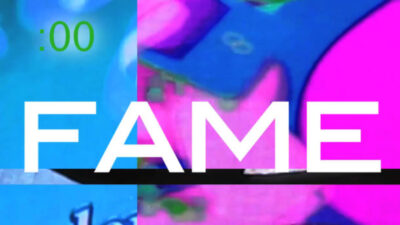
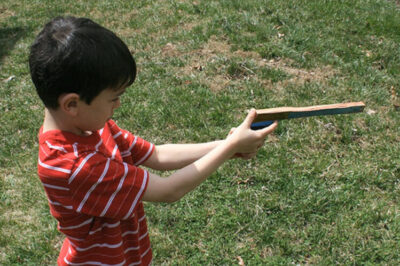
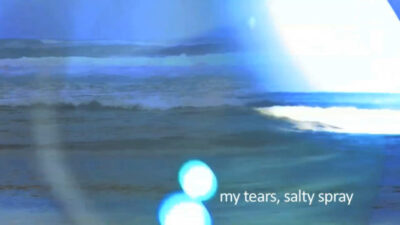



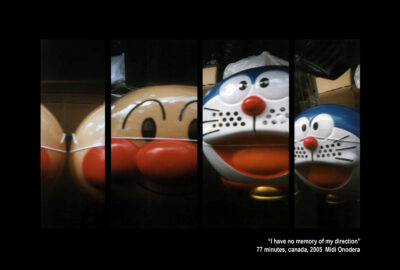
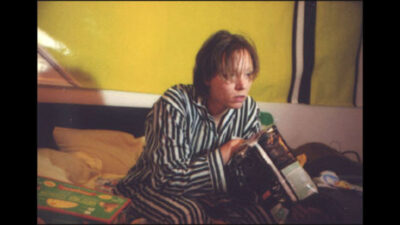


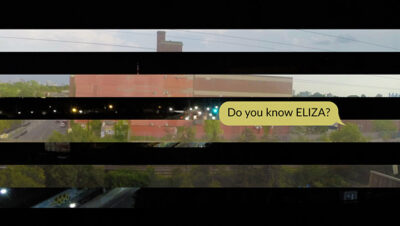

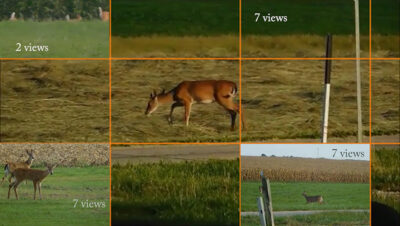


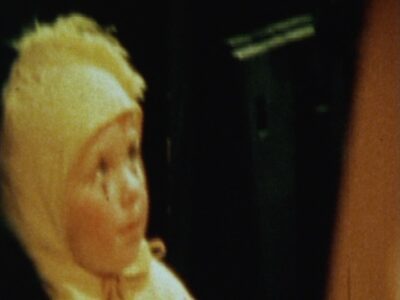
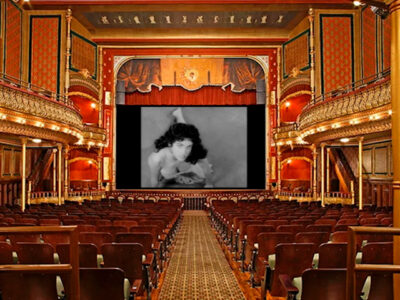
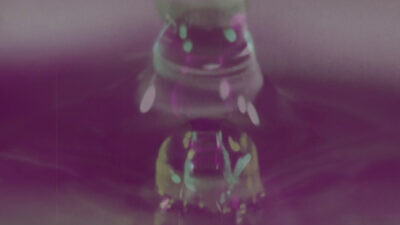


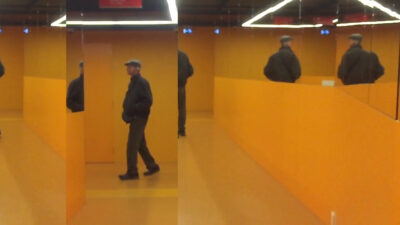




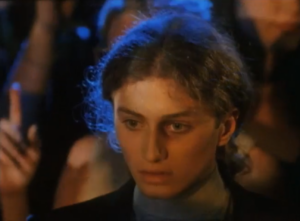
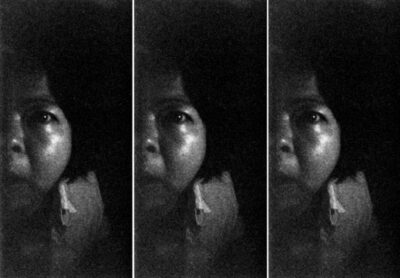
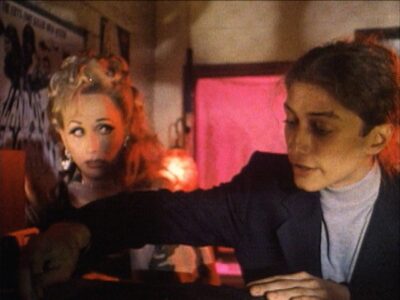

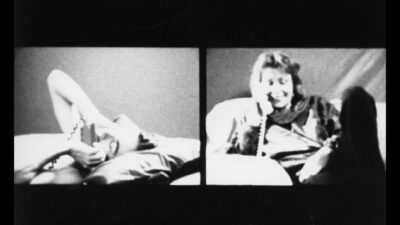


____
Further
Midi Onodera Site
MO @ VUCAVU
Midi Onodera: TOO MUCH TIME ON MY HANDS
DVD: ‘ Midi Onodera: Collected Works, Vol. 1‑3’
MO @ EXC-19
midi onodera @ Twitter
midi_onodera @ instagram
Camera Obscura for Dreams: an interview with Midi Onodera
MO @ Canadian Women Film Directors Database
MO @ MUBI
MO @ Letterboxd
Dialoguing on Miniature Cinema as New Art: Sheena Wilson with Midi Onodera
Out of Place: Midi Onodera
Recuperating oblivion in The Displaced View (1988). Midi Onodera’s intercultural feminist cinematic experiment
Moving Image Artist Midi Onodera’s Vidoodles
____
Extras
Portrait of Midi Onodera, 2018
Art Intersections Meetup: Midi Onodera
Home Movie 5
______
Interview
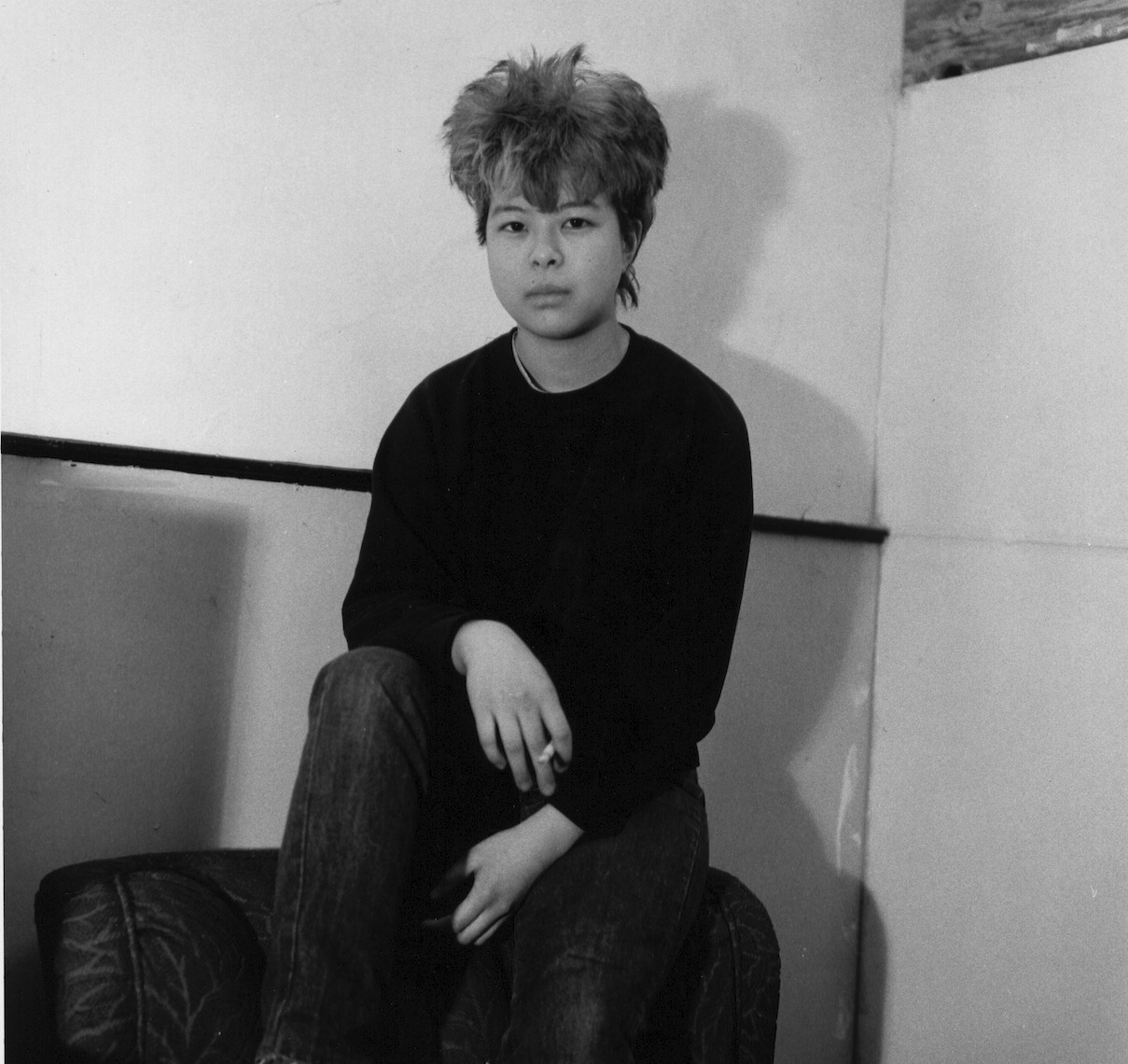
Mike Hoolboom: Midi, I wonder if you could tell me about your beginnings in film. Were they an important part of your growing up? Did you enter the fray in order to change the kind of pictures which surrounded you, or to enter into that starlight? Perhaps all art begins with emulation, and variations on received wisdoms become one’s practice. But did you feel yourself in the early days of your witnessing to be outside the mainstream flow, or was the seduction intact?
Midi Onodera: I started making films in high school through a film studies class. The class mainly consisted of criticism and film theory but at the end of the semester we had a choice of making a film or writing an essay. Naturally I chose to make a film. With super-8 cameras courtesy of the Toronto Board of Education I embarked on my first film, Reality-Illusion. Although I knew very little about the technical aspects of filmmaking, I remember reading various how-to books and bugging my teacher for tips. The seven minute film was “experimental.” Although I had a vague premise of the “teenage outsider,” destruction, violence, etc. there was no clear storyline. I recall that the main character wore a long black cape and a gas mask and carried a scythe. The costume came in particularly handy since I just asked various friends to fill the role (counting on those who were skipping classes or on a smoke break). Highlights of the film included a few scenes in a Jewish cemetery, a single frame animation scene with styrofoam wig head and pyrotechnics (using the family barbecue). Unfortunately the Board of Education did not have any splicers and since I of course needed to edit my film, I set-up a system using a razor blade to cut the film after measuring off the footage with a hand-made 24fps ruler. I joined the film using scotch tape and then punched the sprocket holes out using a straight pin.
Immediately I loved the hands-on aspect of filmmaking, holding the footage up to the light and selecting my shots. It was all very primitive but fun and incredibly rewarding. My second film was a kind of homage to Robert Wiene’s The Cabinet of Dr. Caligari (1919). I loved the hyperdramatic expressionistic look of the film, the exaggerated acting and otherworldliness of it all. My version, Contemplation, was a short abstract study in teenage suicide. The “actors” wore black tights and white bathing caps with white paintstick face makeup. By the time I graduated from high school I had made three films. After that there was no looking back.
Naturally I gravitated towards an arts education and although it broke my parent’s hearts (they had dreams of their daughter as a successful doctor or lawyer), I decided to go to the Ontario College of Art. At that time, in the late 70s, there were very few Asian students at OCA, let alone of Japanese descent. I recall two other Asian students in my class, both determined to pursue a career in graphic design. I too was influenced by the commercial tide and had aspirations to become a fashion designer. I knew nothing of contemporary experimental film and never imagined I could actually survive as an independent filmmaker.
Gradually through my film studies classes at the college, my knowledge of cinema increased as did my filmography. The main stumbling block that I faced in those days was the technology. It was a challenge to successfully create what I saw in my mind and realize it in film. Feminism was the buzz word of the day, but somehow most of the male film and video (technical) instructors hadn’t heard it. Luckily my parents gave me a super-8 camera for my seventeenth birthday and this gave me tremendous freedom. Gradually I purchased my own super-8 editor and splicer, and guided by my dog-eared copy of Independent Filmmaking by Lenny Lipton I eventually worked through the mechanics of super-8 filmmaking. Throughout OCA I continued to make films, alongside painting and photography. By the time I graduated I had made eleven more films. All of the work was shot in super-8 and with the exception of one film, remained in the super-8 format. I learned how to optically print film because I wanted to include subtitles in a piece I was working on and eventually I started to use the optical printer to manipulate super-8 original and blow it up to 16mm.
There is no question that in the 1980s the worlds of film and video were universes apart and from the beginning I fell into the film camp. Although I was exposed to many video artists’ work, I always felt visual explorations in video were limiting and the technology overly complicated. I love the romance of sitting in a dark theatre and falling into the world of film—the flickering of the projector light, the mechanical hum coming from the back of the room, the magic unfolding on screen. Even the technical language of film seems to be more lyrical than video—the legend of MOS—”mit out sound” or “without sound” spoken in a German accent; answer prints, reversal film stock, etc. Compared with the clinical and sometimes sexualized language of video: female to male connectors, “lesbian” connectors, BNC, etc.
As far as the mainstream aspects of cinema, I never felt that I wanted to make a Hollywood-type drama. I was so drawn to the work of avant-garde filmmakers such as Joyce Wieland, Maya Deren, Man Ray, Dali and especially Kenneth Anger that I actually didn’t even go to the regular movie theatre very much while I was at school. Perhaps it was my punk, feminist, Japanese background that made me feel like I could have a voice in experimental film. I could express myself on my terms rather than conform to mainstream expectations of cinematic representation. But even within the haven of experimental film there were remnants of the 1970s presence of structuralism—the endless viewings of work by Stan Brakhage, Michael Snow, Hollis Frampton. I tried to like the work, really I did. It just never touched me.
Mike: When I met you in the early 1980s you had been hired to be the equipment guide and technical director (what was the exact title again?) at the Funnel, a now defunct fringe movie showcase that aspired to vertical integration. There were twice weekly screenings, equipment for hire on the cheap (for members at least), and a modest distribution program. What drew you to the Funnel and why did you stay there?
Midi: Although I graduated from art school in 1983, my exposure to the Funnel began around 1980. At the time, experimental filmmaker Ross McLaren was one of my teachers. Besides showing various classic and current experimental film works, he tried to expose us to the world beyond school. This of course included a field trip to the Funnel. Located in the industrial edge of King Street East, the Funnel was THE centre for exhibition, distribution and production of experimental/artist-based films. I believe filmmaker Anna Gronau was the director around that time. To me, the Funnel was the centre of the universe. It was the coolest place in the city and somewhere you could go and immerse yourself in experimental film. I recall thinking that it would be amazing to show my films there, never mind that it was a small theatre (one hundred seats?), away from the rest of the Queen Street art scene, and freezing in the winter and boiling in the summer. I recall seeing Kenneth Anger and Ondine as a student, which was on par with meeting the Sex Pistols.
I got my wish and did indeed show many of my early works at the Funnel, first through student shows and later as a practicing artist. My first non-student screening took place in 1982 in a series called “Formal Film by Women” curated by Anna Gronau. That particular evening included a film by Joyce Wieland, another one of my role models. I couldn’t have been more thrilled. I recall speaking with Joyce after the screening and was touched by her warmth and generosity. Later, I got to know Joyce a bit better as I worked on restoring some of her old film prints.
When I look back on the early 80s now, I realize that many of the screenings I had took place within a feminist context. Some of my early exhibitions (photography and text pieces) and screenings were part of the International Women’s Day Conferences, and benefits for various lesbian and feminist publications. There seemed to be so much going on within the feminist community and in the world of experimental film.
Being an artist-run centre, the Funnel was on a tight budget and couldn’t afford to hire new staff unless it was through a government sponsored program. But as a recent grad, I knew I wanted to work there and start my life as an artist. Through a program called “Futures” I was hired as the equipment coordinator and paid the grand sum of $150 per week. Needless to say I was barely able to survive, living mostly on Jamaican beef patties, popcorn and soup. My job consisted of checking all the equipment, keeping it in running order, orienting members on all the equipment at the Funnel, organizing workshops and assisting with the biweekly screenings. It was one of the best jobs I’ve ever had. I worked first under the leadership of filmmaker and Funnel Director Michaelle McLean and with the great help and patience of Villem Teder, a fellow filmmaker, Funnel member and techno-whiz, learnt how to solder, make seamless reel changes and load the ancient 16mm Frezzolini camera. I worked during the day at my job and then would stay on late into the night working on my own films, using the equipment free of charge. During my years at the Funnel from 1984-1986 I met and hopefully assisted probably every artist who was working in film in Toronto at that time.
Mike: In an essay called Centre the Margins, Richard Fung talks about the absence of gay Asians on movie screens, and cites your The Displaced View (52 minutes 1988) as a notable exception. He goes on to write: “In my own video work in the area, I have seen the most important task as the representation of gay and lesbian Asians as subjects, both on the screen and especially as the viewer. I believe that it is imperative to start with a clear idea about audience. This in turn shapes the content of the piece.” Do you feel the same, do you begin your work with a clear idea of the audience, and the political arena your work is entering into? Do you feel the responsibility which is implied in Richard’s remarks about his own work, and does it similarly shape the form and content of your work?
Midi: Ideas for The Displaced View developed while I was in art school. One of my teachers was Morris Wolfe, who taught a number of classes in film criticism and theory. He was extremely encouraging and through his screenings and commentary I saw films from around the globe that embraced a kind of cultural specificity and delicacy that I wanted to convey in my own work. Morris encouraged me to look into my history, my cultural and familial relationship with the Japanese-Canadian community. I wrote a personal history piece narrating the conflicting views of three generations of Japanese-Canadians based mostly on my family history. This piece was later published in Fuse magazine and was the beginning of The Displaced View.
When I began work on the film, I decided immediately that my primary audience would be the Japanese-Canadian communities. Within that community my priority viewer would be the Issei, first generation JC. I felt that this generation, my grandmother’s, was dying out and it was important for me to convey their story in their language. I felt that the gay and lesbian audience would not be interested in the work since it did not deal directly with issues of sexuality.
In Richard’s paper he talks about the importance and scarcity of films and videos which represent lesbian and gay Asians. With The Displaced View I never saw my audience as lesbian and gay Asians. Perhaps this was due to the fact that back in the 1980s I had only met one other Japanese-Canadian lesbian. I was not active within the JC community, which was predominantly heterosexual while the lesbian communities in Toronto that I had come across were predominantly white.
Politically I did not realize the terrain I would be traveling would be so charged. Naïvely I believed that my work was more culturally charged than politically. Although I realized that my film would be the third film made in Canada by a JC about the internment, I honestly thought that I was storytelling, not making a political statement. (The first film was made by Jesse Nishihata Watari Dori: A Bird of Passage back in 1972, the second film, Clouds (1985) by Fumiko Kiyooka and Scott Haynes).
My motivations have never been solely politically driven. I am not a documentary filmmaker, I am interested in stories, the construction of identity, memory, personal history. I am not a political activist though I do inject my personal political views into the work. But just because I don’t personally impose a political framework does not mean that others (audiences, funders, etc) follow suit.
Like the San Francisco Lesbian and Gay Film Festival audience reaction, audiences in marginalized communities have enormous expectations about work produced by artists who they believe represent their communities. In 1988, when The Displaced View was launched, it was invited to a few lesbian and gay film festivals, based on my reputation with Ten Cents A Dance. For the most part, I think that lesbian and gay audiences were disappointed. It was not the sexually charged follow-up to Ten Cents that people expected. In fact the lesbian content is minor, some would argue non-existent. Most lesbian and gay audiences didn’t even consider it to be a “lesbian film” nor one that was suitable for that specific audience. On the other hand, within the mainstream festival world the film got substantial play at international film festivals to mixed audiences-straight, gay, mixed races, etc. As far as Asian-specific festivals, there were far fewer back in those days, but overall I recall a positive reaction although for the most part it was classified as a documentary—but that’s another issue.
I think that if I were naturally a more socially-driven person, I might feel more political responsibility for my work. Perhaps if I had to rely more on my subjects to tell a story, as in documentary practice, I would feel the community pressure more intensely. But my favourite way of working is in solitude. I want to shape the work according to the material, the shot, the sound, the rhythm of the sequence, not around political motivations.
______________
17 of Midi Onodera’s 51 films
______________
Spam Baam (2021)
‘Spam has been around since May 3, 1978 when Gary Tuerk sent out the first spam email. Tuerk worked for the Digital Equipment Corp (DEC) and sent out 400 emails inviting people to a product demo of the DECSYSTEM-2020, 2020T, 2060 and 2060T computers. It received such negative reaction that it wasn’t attempted again until about 10 years later.
‘Here we are in 2021 and we continue to get those unwanted emails. Last year I received a strange spam message that actually told a short story. Yes, there was a fake YouTube link to click on and a bit of Russian, but it wasn’t the usual shill for erectile dysfunction or free money from a stranger. I was intrigued. In December, my inbox was suddenly overwhelmed with spam, pestering me to DO SOMETHING! So, this year’s series is on just that, Spam.’ — MO
Excerpt
Excerpt
Excerpt
_______________
Gently Down the Stream (2020)
‘On one of my recent strolls around the internet garden, I found myself staring at a video feed from Amarillo Texas. Specifically, the Big Texan 72 oz Live Stream. The camera was positioned close to the ceiling pointing down on an empty table set with five brightly coloured plastic boot glasses resting on paper placemats. As the occasional restaurant patron or waitstaff ambled past the table, the background displayed a busy kitchen complete with a cowboy hat wearing chef at the open grill. I was mesmerized. This was not TV, measured entertainment. As I watched another hunk of steak flop down on the fiery grill, I felt I was intruding. This is the world of live steaming video.’ — MO
Excerpt
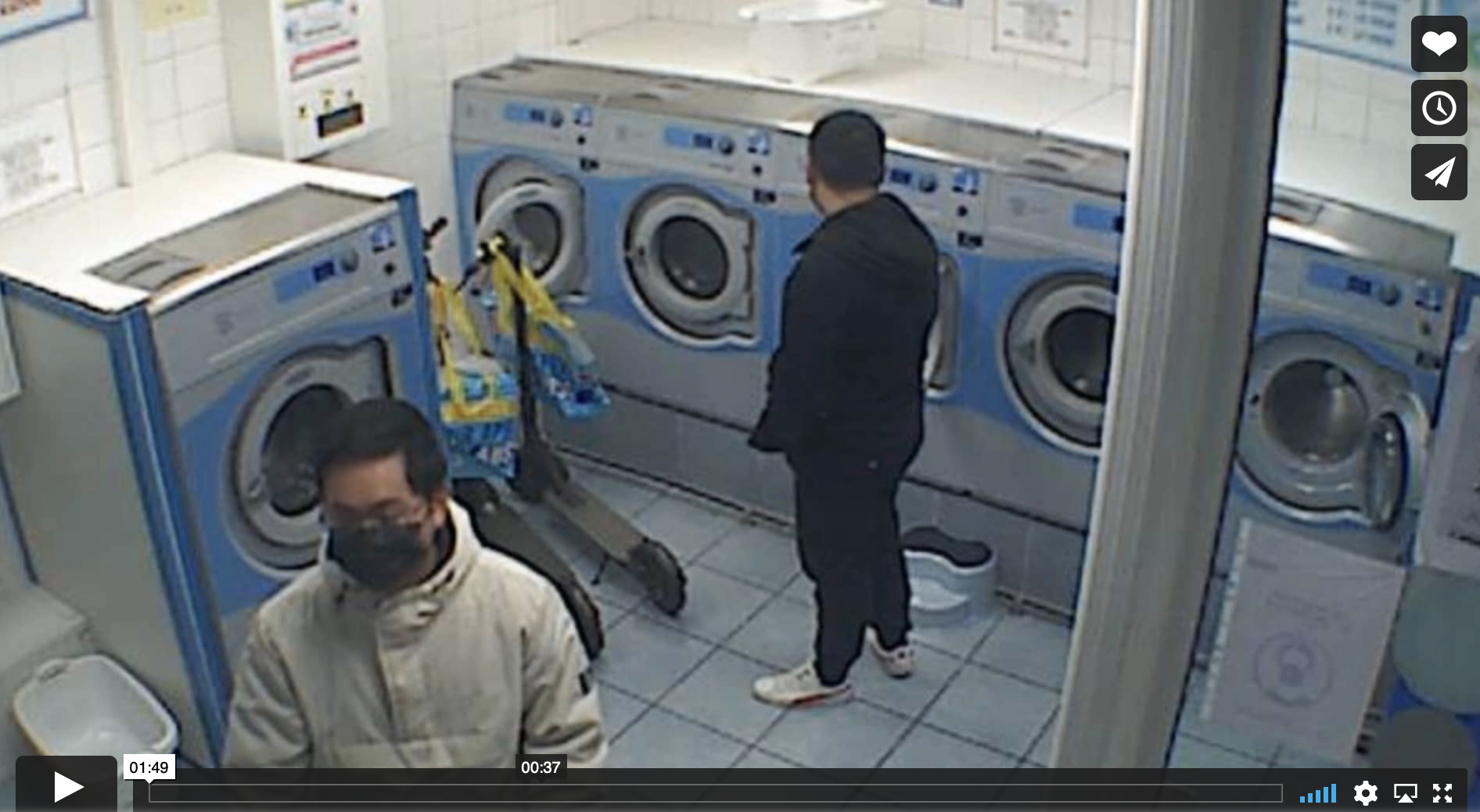
______________
Senseless and Random (2019)
‘2019. This is the year the phenomenally breath-taking anime, “Akira” is set. Fictitiously the future is here and in that spirit this year’s video project is a faint reflection in a mirror we have yet look at. Speculative and science fiction have become the go-to genres we use to contextualize our reality and find a way to reflect on our global anxieties.
‘This year’s series title, “Senseless and Random” is in homage to Jack Womack’s exquisitely imagined novel, “Random Acts of Senseless Violence”. Published in 1993, the story is set in a near-future Manhattan and told from the perspective of a 12 year old girl. Written 25+ years ago, the pre-apocalyptic landscape of Manhattan feels more like a future visible on the horizon of today. The videos for this year are not necessarily about the present-future, they are more about random thoughts, unreal realities, and senseless current events. Welcome to the future!’ — MO
Excerpt
________________
Lonely Videos (2017)
‘If one looks specifically at YouTube, 300 hours of video are uploaded every minute, yet according to TubeMogul, 53% of these videos have fewer than 500 views and about 30% have less than 100 views. That means that there are a lot of lonely videos out there, desperately waiting to be seen. For this year’s project, I decided to try and find friends for these lonely videos, so each month I will find and re-make a video with less than 20 views and then post them back to YouTube to see if I can increase the number of views (friends) for these lonely videos.’ — MO

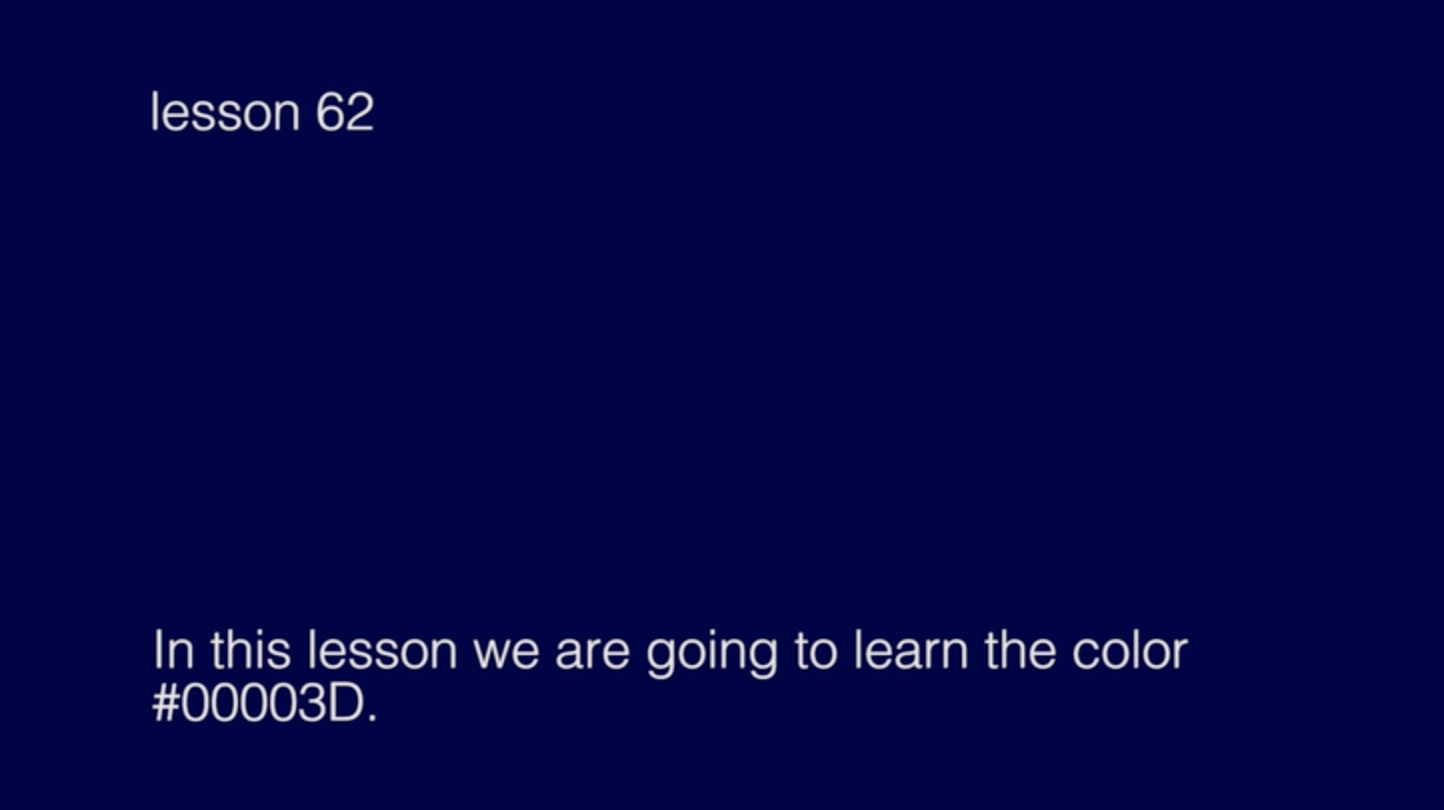
________________
Annual Report (2015)
‘Identity politics hasn’t disappeared, its just taken a 21st century digital twist. Who would have imagined that the once thought-provoking, quietly reflective term, “self portrait” would morph into the narcissistic, self-aggrandizing, word: “selfie”. It’s all about me…and you should be interested in my Tweets, my Instagram pics, my Facebook posts and Vines. Social media and public posts have become the cracked mirror before us, demanding insight into the constructed self. How we choose to be seen, which filters we apply over our personal skins do not reveal the genuine self, but rather a projection of our publicly consumable identity. This is our personal brand. So in 2015, I have decided to attempt to define my brand and clarify my key message statements. Over the next year I will be releasing monthly video reports along this theme and at the close of the project I will have complied my Annual Report on me.’ — MO
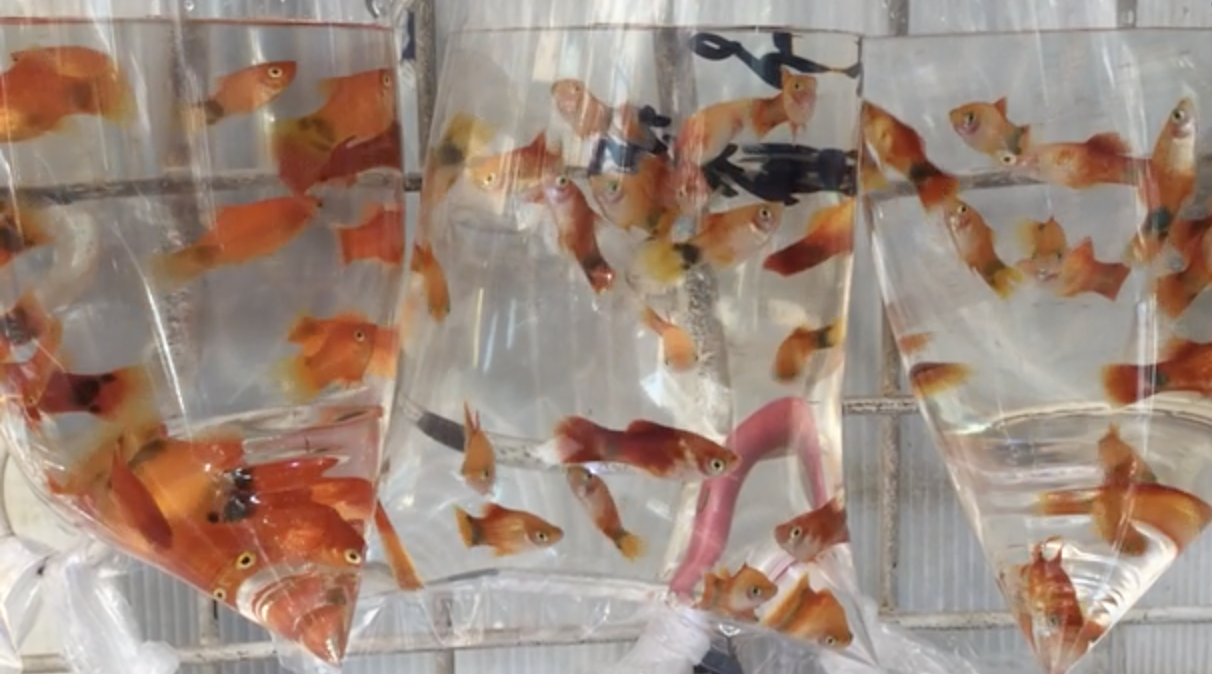

________________
Kicking Around (2014)
‘While sourcing found footage for this year’s project I came across the 16mm “music video” for Strawberry Tuesday by the late 1960’s group, Sidewalk Skipper Band. I am posting the first video of the year as a ready-made. I have not altered or manipulated the footage. Though the band never made it as the cultural icons they could have been the music and the style perfectly capture the era.
‘“Strawberry Tuesday” released in 1968 was the title track on one of only three 45s released by the Sidewalk Skipper Band. Hailing from Milwaukee, Wisconsin, the band was signed by capitol records, recording two 45s in Chicago. They are well regarded among fans of psychedelic music of this era. Second Life DJ, Susan Mowadeng, speculates about their short-lived success, why didn’t they take off? Was it the “British Invasion” or poor marketing?’ — MO
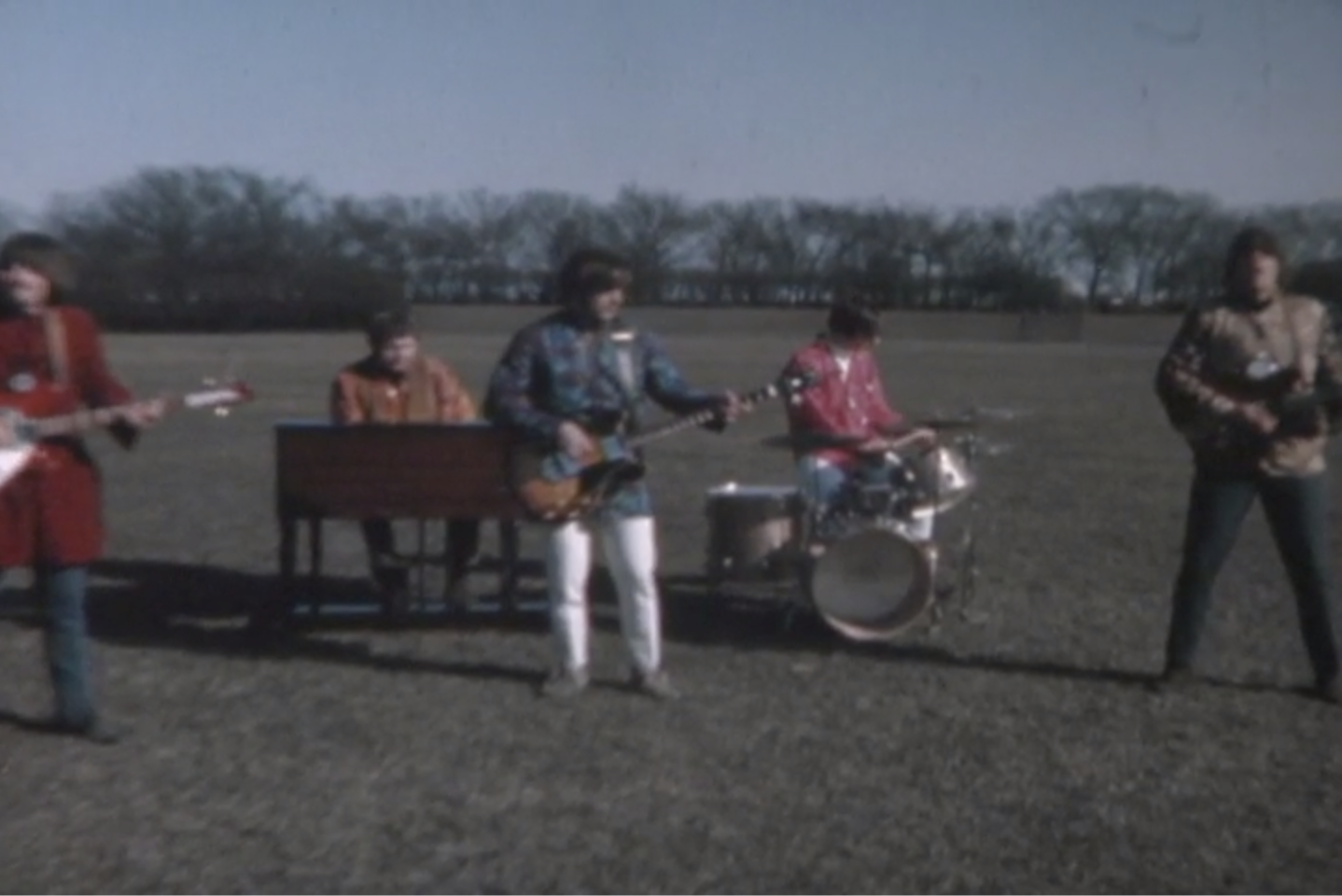
______________
The Classifieds (2013)
‘For 2013, my new project focuses on classified ads and the usual items that people post. Inspired by various sources I will choose a category and create a vidoodle based on one of the ads. I will also be posting my own classifieds online, all over North America, so if you happen to be hunting for a bargain you just might stumble upon one of my ads. For this project we’re launching a new mobile site, www.vidoodles.com that is designed for watching videos on your mobile device, the ideal viewing situation.’ — MO
Excerpt
_______________
The Grand Design (2012)
‘Filmed in scrumptious outdated super 8, The Grand Design is a glimpse into the reflections of a dying burlesque performer. Vintage black and white clips from stag films of the 1950s are juxtaposed against a muted Tuscan landscape, the home and final resting place of the unnamed woman. The Grand Design is an unapologetic look back at an unconventional life, lived to its fullest, in an almost forgotten moment of pop culture.’ — MO
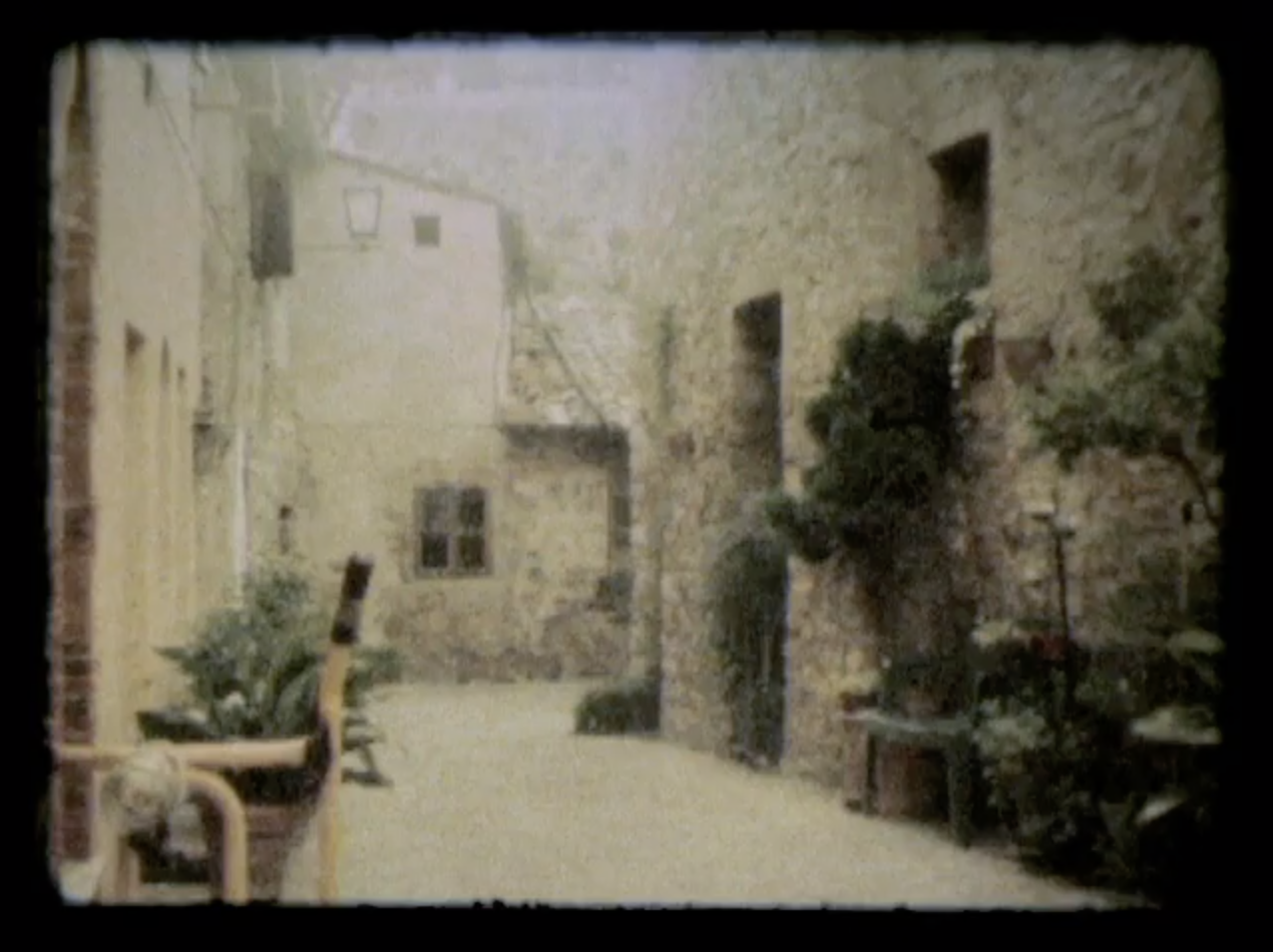
______________
Grief Without Fantasy (2012)
‘In February during a special screening of Cinenova: All Hands on the Archive, featuring The Displaced View and Ronna Bloom’s video, I Feel Hopeful about the Future, I had the opportunity to chat with Ronna about her work and her current poetry. I was struck by the power of her video and her understated yet effective performance on camera. I encouraged her to consider a redux version of the video, 26 years after the original. Although this hasn’t yet happened we did manage to come up with something else.’ — MO
Excerpt
_______________
Baker’s Dozen (2010)
‘2010. According to the Japanese calendar, this is Heisei 22, the Chinese name it the Year of the Tiger and the United Nations has proclaimed it the International Year of Biodiversity. But what is my interpretation of 2010? Originally I had thought of doing a project called Year of MIDI. This was not meant to be some shallow, egotistical, self-aggrandizing project, (well maybe a tiny bit) but was supposed to be a year-long project inspired by Twitter.
‘For those who tweet, you’ll know that sometimes it’s difficult to find people with similar interests unless you know their @name. A common search seems to involve “@” one’s interest/hobby. This is how I happen to amass a small MIDI music following. MIDI, stands for Musical Instrument Digital Interface. But Midi is also my name. So in tribute to this industry-standard protocol, I thought I would put out a call to all MIDI musicians to submit soundtracks for this year’s weekly movies.’ — MO
Excerpt
Excerpt
_______________
Movie of the Week (2009)
‘As a V.2 television baby, (version 2: Colour TV) I was deeply influenced by the pop culture living room entertainment of my youth. Way back in the early 1970s, ABC took the concept of big screen entertainment and repackaged it for the prime time TV audience. These made-for-TV movies ran the gamut from science fiction to cop dramas to historical fictions. Some of my all-time favorite movies of the week were the pilot episodes for “Marcus Welby, M.D.”, “The Six Million Dollar Man” and “Get Christie Love!” By far the best movie of the bunch was “The Girl Most Likely to…” starring Stockard Channing as an “unattractive women” who survives a horrible car accident and undergoes radical plastic surgery, becoming “gorgeous” in the process. After her transformation she takes revenge on all the men who tormented her in her past.
‘But no matter what the movie of the week was, it was opening title sequence with the stunning soundtrack by Burt Bacharach that set the tone for this popcorn-eating television extravaganza. For 2009 I’ve decided to pay tribute to this golden age of TV and make my own movies of the week. In contrast to the larger than life entertainment moments, my versions are designed for today’s ipod audiences, quick, easy to consume and hopefully a tiny distraction from our everyday routines and obligations.’ — MO
Excerpt
Excerpt
________________
I have no memory of my direction (2005)
‘“I have no memory of my direction” is a feature length experimental narrative. The story unfolds through a Canadian-born Japanese woman’s voice-over as she dreams her way though Japan. Ostensibly searching for an emotional connection with her aging father, the woman contemplates her own inherited culture and familial touchstones. Her North American pop culture sensibility fuses with a distorted Japanese perspective to create a surreal interpretation of a “Japan of the imagination.” This fictional landscape is peppered with invented Japanese myths, ruminations on memory loss, the temporal space of digital photography and the ghosts of inherited imagination.’ — MO
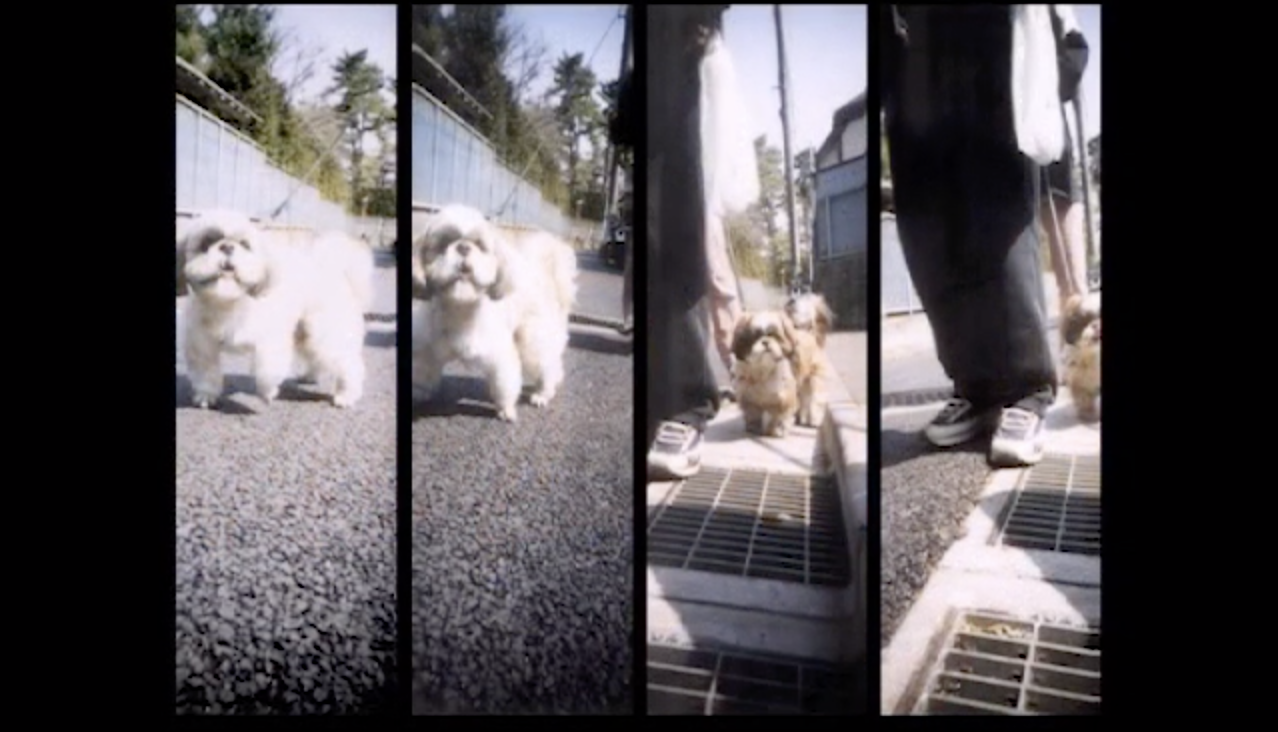
_______________
SLIGHTSEER (2001)
‘Some people say that cinema in its present state is on the verge of dying. But cinema is much more than just the magical chemistry concealed within this format. It is imagination, faith, and suspension of belief. It is our collective past, a reflection of ourselves. Without this history we are doomed to repeat the past. Without our continued thirst to quench our vision we are simply sightseers in a “global image economy”.’ — MO
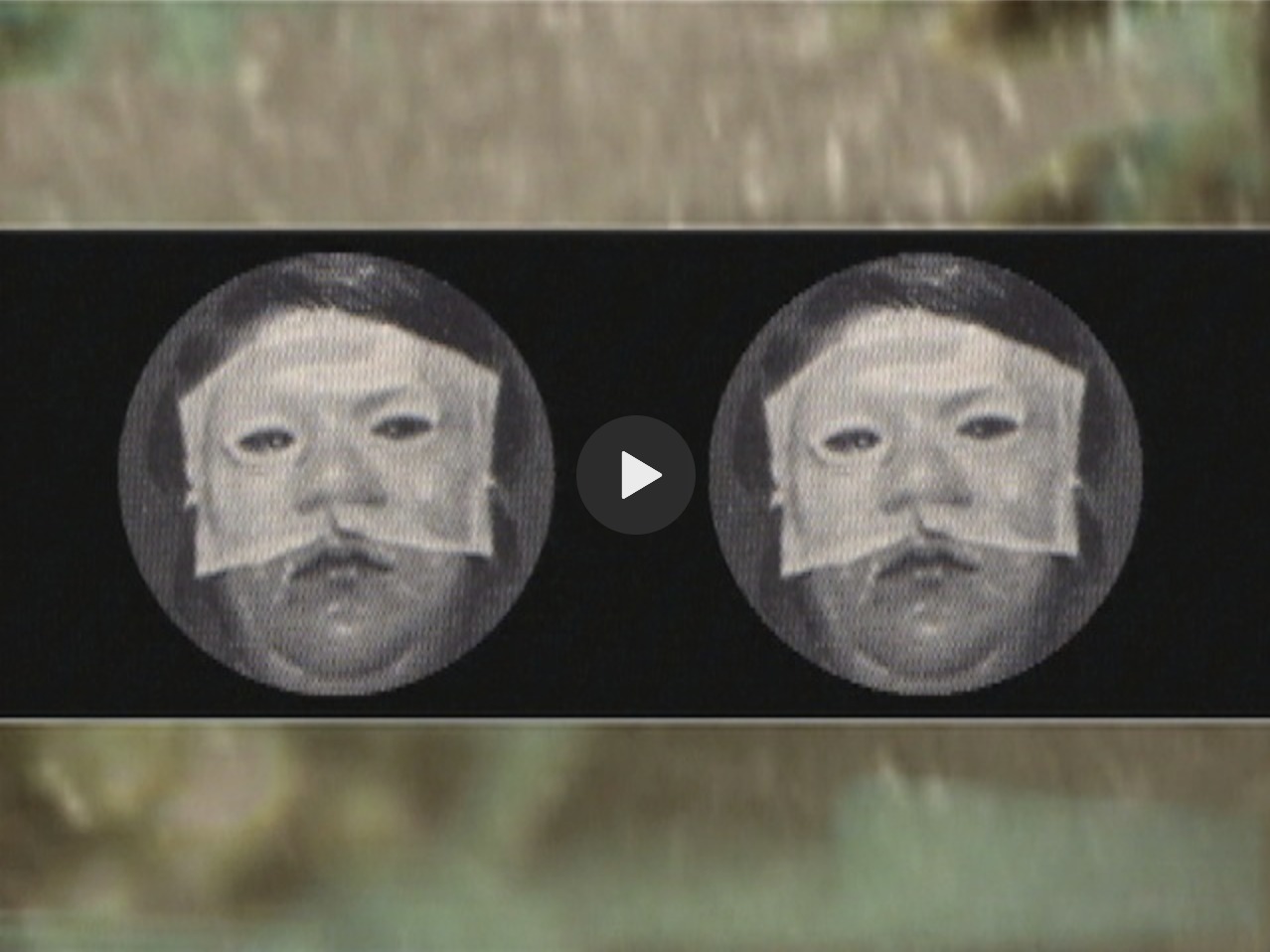
______________
Skin Deep (1995)
‘Skin Deep leads us into worlds where people are never what they appear to be. It is a riveting psychological drama about obsession, relationship and sexuality. As Alex Koyama prepares to shoot an exploitation film about tattooing and the culture of pleasure and pain, the world around her exists only to serve her film. She initiates a dangerous and threatening game when Chris Black responds to her ad in a tattoo magazine. For Alex, this is living research, and she ignores the fact that Chris is deeply disturbed and gender-disoriented. This denial escalates into a psychological battle between Alex and Chris which alters their lives forever – because in a world of illusion, reality is the biggest lie.’ — Variety
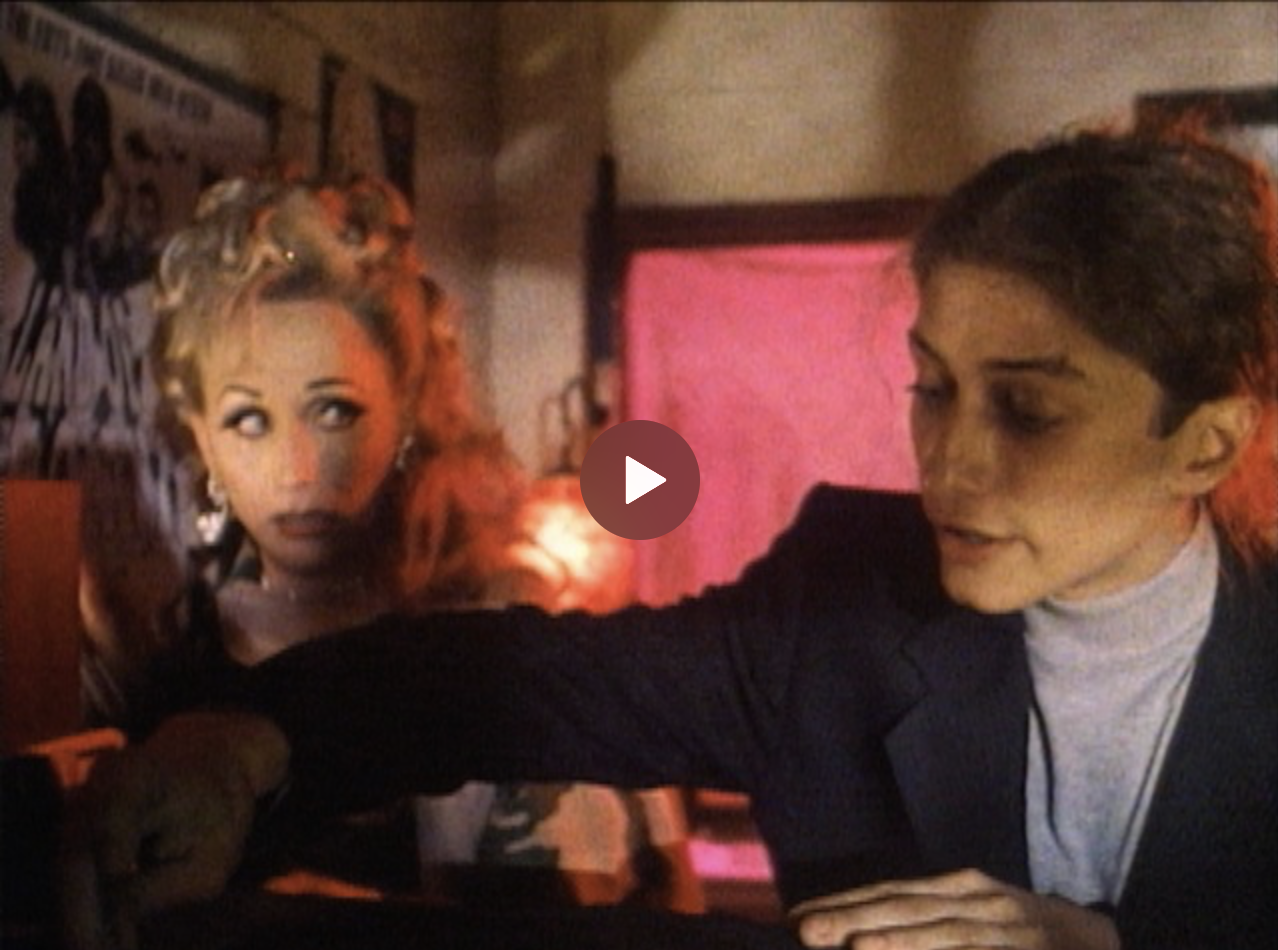
______________
THE DEAD ZONE (1985)
‘Blinded by the desire for security and self-worth the main character becomes trapped by redundancy – a series of relationships which mean even less than the last, numbness, the dead zone.’ — MO
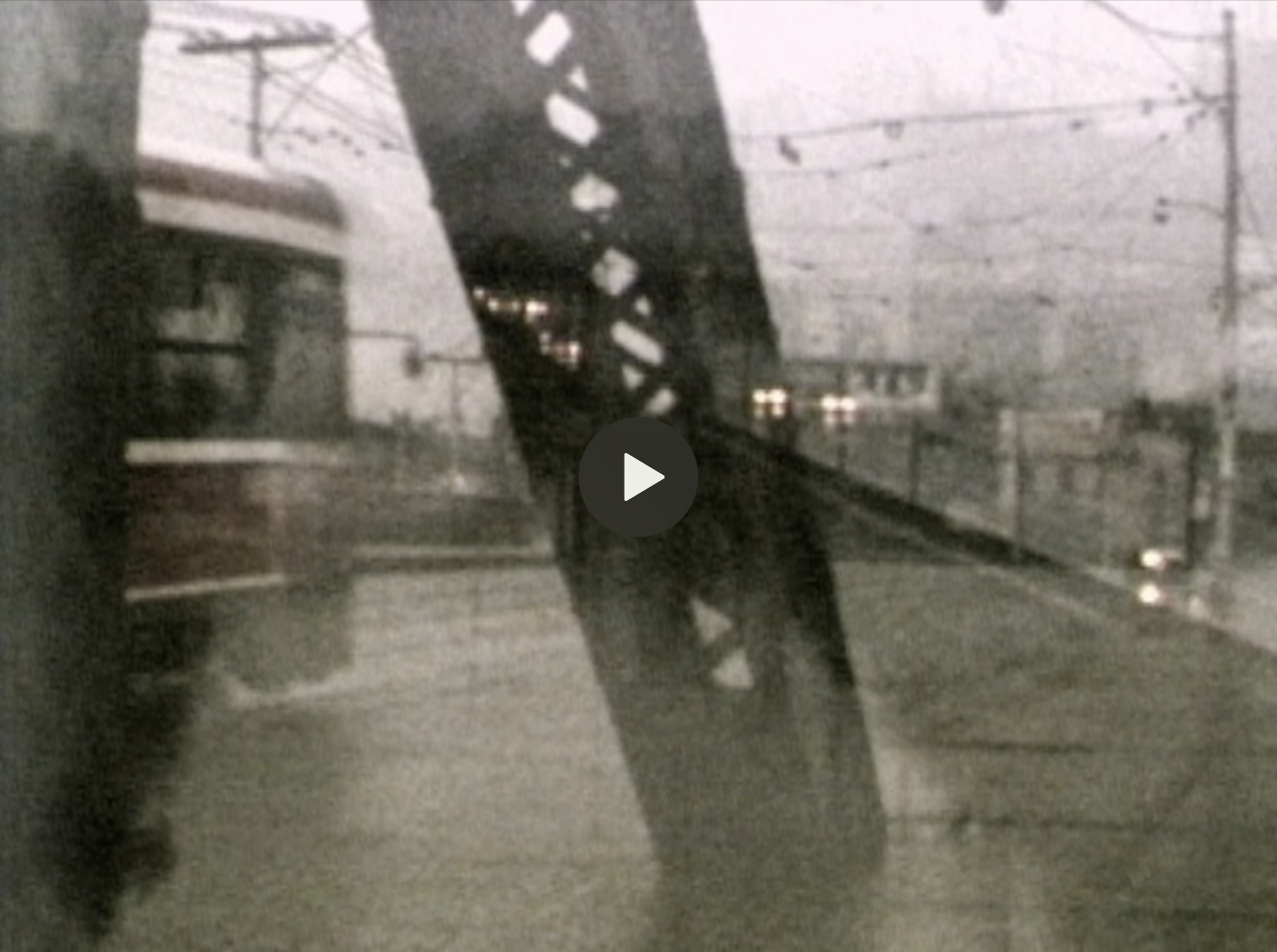
________________
Home Movies (1981)
‘A three projector film installation which consisted of three 50 foot film loops hung through a room. Memories of childhood constantly shift as time progresses.’ — MO
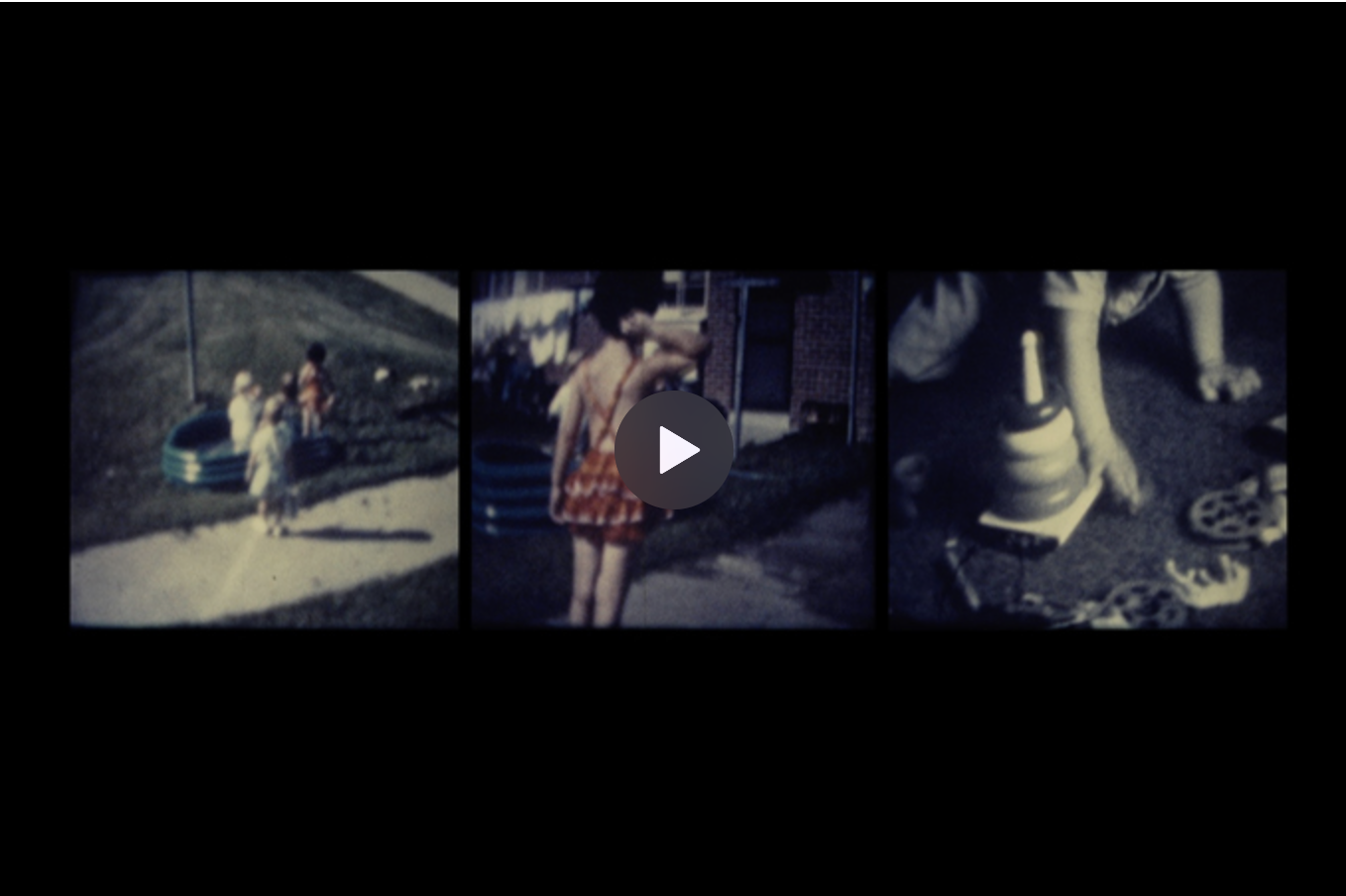
_______________
FILTER QUEEN (1980)
‘Named after my mother’s beloved vacuum cleaner, this short film explores various ordinary household chores as seen through the eyes of a bored teenager.’ — MO
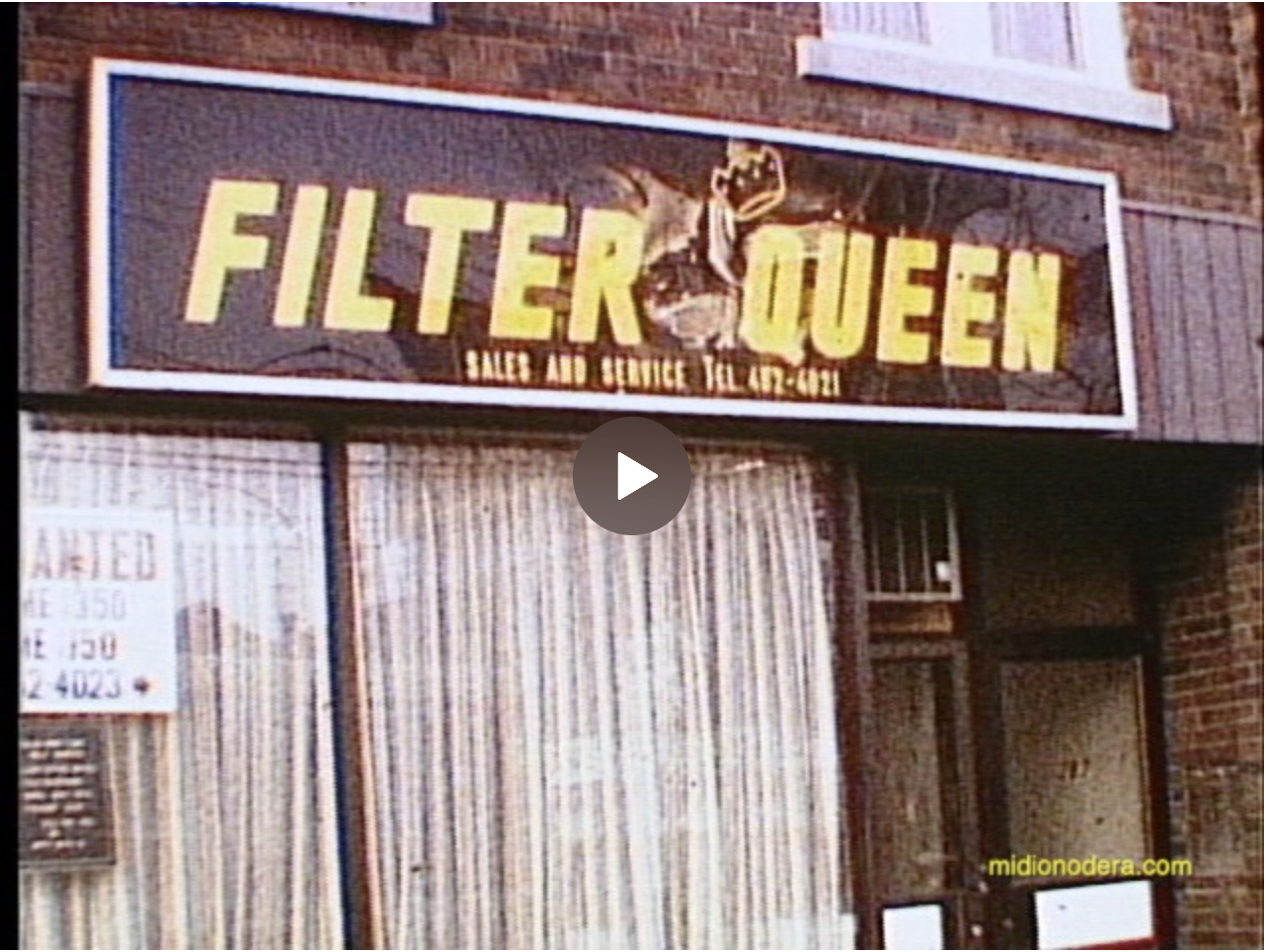
*
p.s. Hey. ** David, You’re welcome, Dave. Steve Kilbey, Rimbaud, okay, I will. I visited his grave as well back in, mm, 1976. I have a vial of dirt from his grave in my LA pad. I was a super fan. I think it was only one leg? At first I was, like, those photos reminded you of the first time you deep throated?! But then I looked at them again, and I was, like, oh right. In Zac’s and my first film there’s a scene of a guy jerking offand crying at the same time. It’s harder than you think. ** Dominik, Hi!!! Glad you liked it. Oh, no, that was a real scene? I think my skin just crawled. Aw, now yesterday’s love is a very good love. That love deserves the … oh, what the heck … Nobel Prize! I guess in Science? Love accidentally having sex with a hurricane and getting pregnant and giving birth to a gust, G. ** Misanthrope, Hi. Mm, Mexican food. Count your lucky stars. Yeah, me too, about secret stuff. If I was an architect and could design my own house, 3/4 of the house would be secret areas. Like in ‘The Marbled Swarm’, I guess. I need to do another secret passage/room post. I haven’t done one in ages. I know, nb, wild. Who’s next? The Dreadful Flying Glove, Inthemostpeculiarway, … ? ** Sypha, CGI costs, man. Having just made that Home Haunt video game thing, I can tell you, that shit costs. Well, you’re the master of period detail. I’d like to see a public Zoom conversation you and Bret Ellis talking about period detail employment in literature. ** Bill, Hi. Oh, over on Facebook, Steve Lafreniere saw my link to your post, and we had a fond little exchange about you, and then Larry Roberts posted a link to your piece on the first SPEW, which I’m going to (re)read shortly. d’Agata did some kind of show that was his stuff and Bacon’s stuff together or … something like that. Making sense. Everyone, Mr. Bill Hsu wonders if any of you commenters aka DLs are on goodreads or letterboxd? Are you? If so, say so, or hook up with him over there. ** _Black_Acrylic, Bill’s muse-like relationship to yesterday’s post deserves your credit’s lion share. Oh, that’s cool, about the diction software. So, is it relatively easy for you write by talking/dictation? That would be gift. I don’t think I could do that. Well, I’ve never tried, but … Have you written using the software yet? No sweat? ** T, Hi, T. He does seem awfully committed, doesn’t he? Ha ha, well, being a vegan these days, what I eat could very well be gussied up fertiliser. It looks like that anyway. I hope Tuesday turns Paris into a tunnel and you into a light. xo. ** David Ehrenstein, Ah, yes. I’m sure you’ve seen Fassbinder’s section in ‘Germany in Autumn’ of him abusing his poor lover. ** Brian, Hey Brian. Totally gotcha about why you liked ‘Titane’. I can see that approach to it being perhaps the most or only fruitful way into it. If it hadn’t won Cannes, and if certain people weren’t talking about it like it’s some of stroke edgy auteur brilliance, I would have just shrugged at it. You know how it is. The experimental documentary is maybe my favorite genre these days. I seem to want to seek them out whenever possible. And, yes, it’s a rare one that blows one’s mind. Contemporaneously, I mean. There are many astounding ones from the past. I did mostly really like Haynes’ ‘VU’ though, with a few quibbles. Oh, okay, highly selective eating. I have a few friends who are like you. I have a friend who won’t eat anything that’s green, no matter what it is. And he doesn’t know why. Curious. And a hassle to deal with, I’m sure. But it’s interesting from a distance. You know how I love originality. I hope your last day of classes pre-the big T go well or quickly or masterfully or whatever is best. Today I have to text Zac’s and my producer, and I’m going to look at some art, and I think Zac and I are going to see a bunch of Yvonne Rainer films tonight. Like that there. I hope NYC sees you out today with a somehow non-embarrassing ticker tape parade. ** Okay. My guess is that the films and videos of Midi Onodera will be new to a lot of you, and I hope you’ll end your day feeling pleased to have made their acquaintance. Possible? See you tomorrow.




 Now available in North America
Now available in North America 
Cool!!! I had a picture taken of me kissing Rimbaud’s grave… I have bits from all over…. are you a Doctor who fan? I once met Tom Baker and he gave me 2 jelly babies… they were in my hand as I shook his hand… I still have them in a jar… shortly before signing his autograph for me he was talking to someone infront about spreading avocado on some woman’s tits… he is very naughty and brilliant… years ago he had a bedsit on the road where my flat is…. another crazy one was arriving in Kuala Lumpur on making our way to the hotel… it started raining,,, then the rain started going sideways… so everyone took shelter at the bottom of this office tower block… on looking out through the window… I saw a large tree fall down onto a parked car… it was insane to see…after the storm subsided we all went outside…. shortly after we saw the owner checking the damage…. I kept a leaf from the tree and still have it…
The film you and Zac made sounds brill!!…. as do your other projects together….
I was once arrested accused of spitting in someone’s face ‘wətˈevər’ I had been lying back on a plastic/leather bed as several police men took it in turns to see I didn’t get out of control… subsequently I masturbated over and over and over again about one of the police men who was guarding me….whilst crying a river…. I was later charged at another police station… but was found not guilty when it went to court… ‘thanks judge!’ some years later a documentary was on tv…. at the second police station I had to go to… one of the policemen had arranged to meet up with a gay bloke for an S AND M session… to cut a long story short the geezer killed him…. a genuine shame as he looked like a nice bloke…. most of the police were actually very nice to me…. apart from a couple…. one kept making me cups of tea all through the night….
Loving this post…. I once read a partial interview by the mother of Le ten year old boy who was locked up… she said that he had a line of plastic ‘gonk/troll’ dolls at the end of his bed to protect him… made me cry…. some of the imagery reminded me of that….
Hey Dennis, you give me too much credit. Haven’t talked with Steve in ages, have to look him up. Hope he’s well.
I know it’s already November, but it’s never a bad time to share Halloween topics. In case you haven’t come across:
https://www.atlasobscura.com/articles/hell-banquets
It’s hard for me to get a handle on Onodera’s work from the screenshots. Will watch some of the clips soon.
Bill
Midi Onodera is new to me and her vidoodles strike me as being like filmic flash fiction… or maybe it’s just this class has been getting to me.
This dictaphone app will probably take a bit of getting used to, but I reckon it can be done. Text can be copied and pasted onto a Word document and it becomes pretty much the same process as before. My comment on yesterday’s blog was done this way.
Hi!!
Have you seen “Irreversible” by Gaspar Noé? I have the feeling that you surely have. I’ve just watched it, and… I’m kind of speechless. I expected it to be heavy but not to actually and truly feel shocked.
Ah, love really didn’t expect the Nobel Prize, but… you know, he humbly accepts it and sets out to better the lives of millions of trans people around the world. Hahaha, your love! Having sex with a hurricane must be pretty… intense. Giving birth to a gust after that might be a little bit underwhelming. Though at least not a completely foreign experience, haha. Thank you! Love proofreading the Christmas special of an indescribably romantic video game and genuinely praying for his sanity, Od.
Hey Dennis. As predicted, Midi Onodera’s a new one on me! I’m a pretty compulsive diarist, and hence a sometime sucker for other people’s, so I liked her Annual Reports and Movies of the Week – plus the digital ones, the one that was soundtracked by crowdsourced MIDI – yeah, consider me charmed. Have you ever been to the forest of Fontainebleau? Just I was there today and it’s cool-ish, loads of massive rocks and stuff lying about the place. Otherwise I’ve shuttled through today in a bit of a daze. Whatever daze you spend tomorrow in I hope it’s a pleasant one! xT
TITANE would’ve been better had the main character had sex with a hurricane instead of a mere car.
I had never heard Flux of Pink Indians when I read a recommendation for UNCARVED on an MP3 rarities blog. Speaking of their roots, has there ever been a Day devoted to anarcho-punk here?
At Whole Foods today, I saw many vegan “fake turkeys.” The most expensive cost $60, most were around $15. They all come with stuffing and cranberry sauce.
Hey, Dennis,
Yes, “edgy auteur brilliance” is…extremely incorrect when it comes to “Titane”. Overblown hype can kill anything. It’s “Annette” that probably takes the cake for my number one 2021 favorite at the moment, barring any last minute surprises (I still have a ton to see). The experimental documentary is a genre I’ll need to research even further, then, given your own enthusiasm for it. (Any particular recs from the past?) Oh, to be clear, I did like “Velvet Underground” too—my comments yesterday came off much harsher than I meant them to. It’s a highly enjoyable and eye-pleasing watch, lots of fun. I just don’t think it’s as boundary-pushing or unconventional as a lot of people seem to make it out to be. “Originality” is a generous way to describe my eating problem, but I’ll take it. I decided to skip out on all but one of my classes today and head home early, so I got to rest a bit and spend some more time with my family, which was lovely. I went a bit wild with the moving viewing, too: this absolutely insane Hungarian animated film from 1981 called “Son of the White Mare”; then, when some friends dropped by, we watched “The Apple”, probably my favorite bad movie; and very late, after everyone else had gone to bed, Dreyer’s “Joan of Arc”. A lot of tonal zigzagging, but a strong kickoff to the holiday. Your own day sounds not unpleasantly stacked. Like the subject of today’s post, Yvonne Rainer is a new name to me. Her stuff certainly looks interesting. “MURDER and murder” especially, although maybe I’m just drawn to the title. Anyway, hope the night out proved enjoyable. And that tomorrow offers more of the same.
Hey Dennis. My god the Antoine d’Agata post really shook me. I’ve diving into his work. The images are haunting me. Fuck.
“I came late to photography as a desperate attempt to stay alive, and I don’t have the discipline or energy to always make sense in the way I try to communicate my understanding of things.”